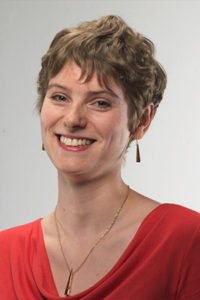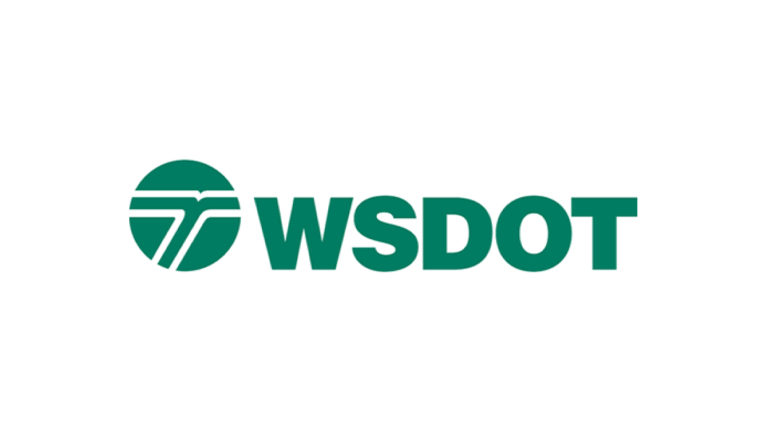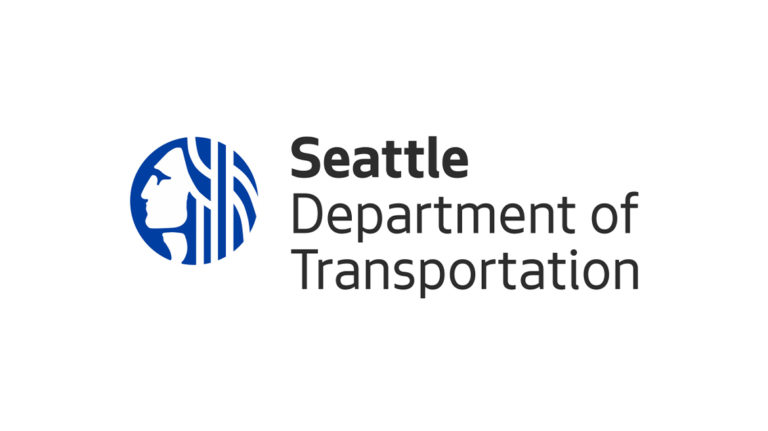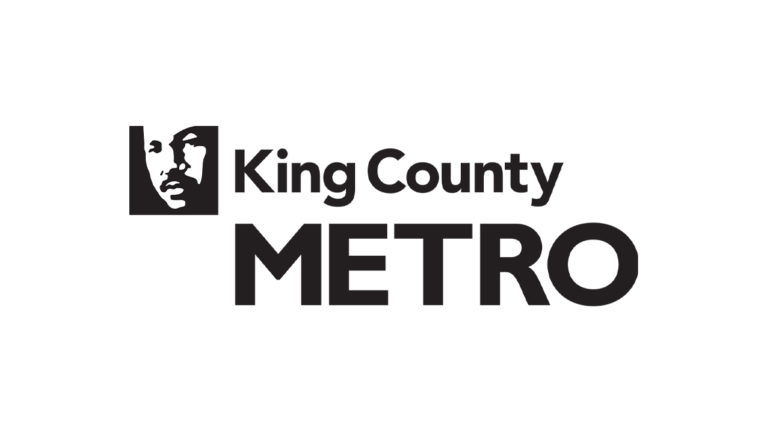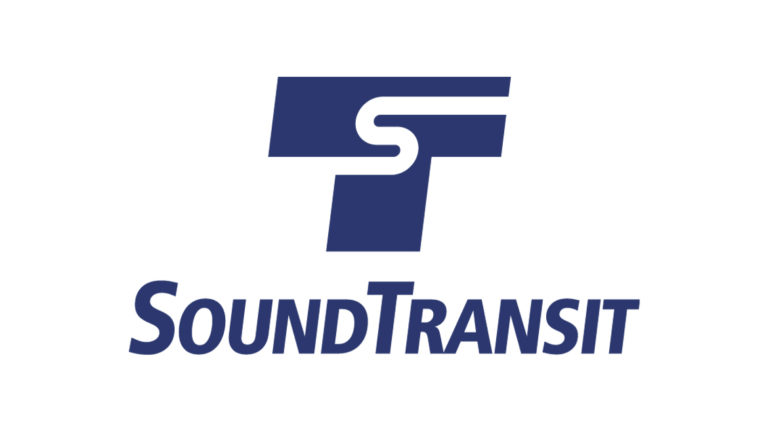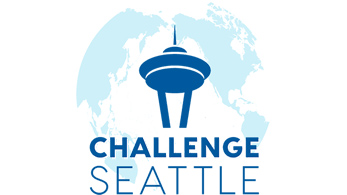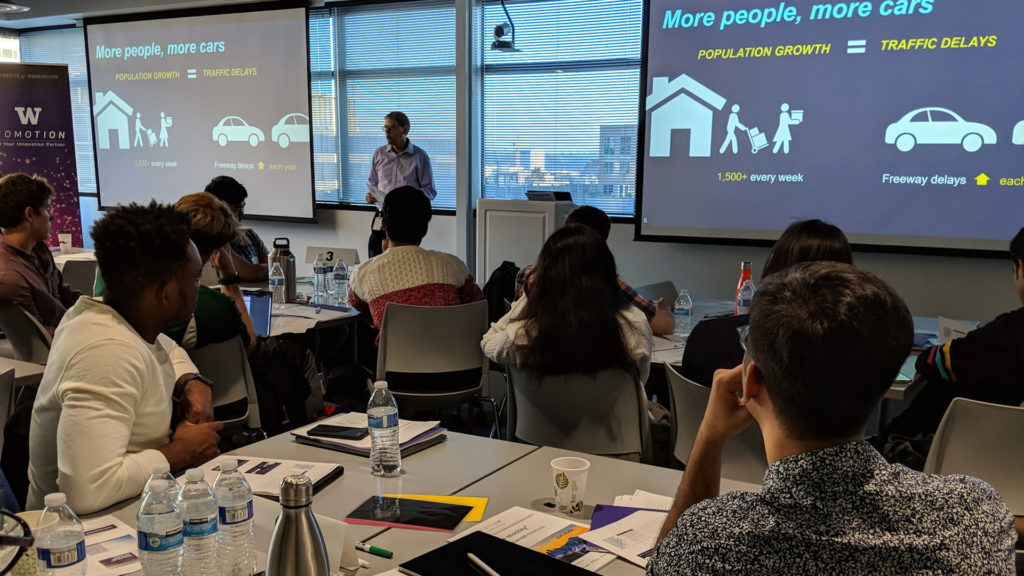
Issue
In 2018, Seattle was bracing for the coming “Period of Maximum Constraint” — a perfect storm of roadway closures and construction projects that threatened to magnify congestion issues in already saturated Seattle area corridors. To stimulate creative thinking about this problem, the Mobility Innovation Center hosted an “Ideathon” that drew multidisciplinary talent from all three UW campuses for a weekend-long hackathon-style event.
Spark
“Over the next five years, Downtown Seattle will experience massive construction and redevelopment,” said Jeanne Clark, who spoke on behalf of Seattle Department of Transportation. “We have about 60 cranes dotting the Seattle skyline and over 1,000 construction projects slated until 2023. Mobility destruction will be unavoidable — and it’s going to get worse before it gets better.”
Overview
Thirty-six students from varying majors and grade levels worked in teams to find ways to alleviate congestion during the viaduct closure. On day one, the students heard from industry experts and planned their approach. The next day, they ventured into the field to visit one of eight neighborhoods (spanning from Bothell to Colombia City) where they interviewed residents in each area to learn about barriers to using public transit. Finally, students went through CoMotion’s innovation training course to strategically generate new solutions to these problems, which they presented to a panel of esteemed judges including Amazon VP, Babak Parviz and former Governor, Christine Gregoire.
Innovation
Four winning ideas were awarded:
- First Place – Mobility hubs at schools to help parents ditch the car
This solution is based around reshaping public schools to also function as mobility hubs, allowing parents to commute to shared workplaces together from their children’s schools. These routes could be served by vanpools, city buses, Ubers, company shuttles, or private cars depending on the locations and size of the schools. The mobility hub will also create a sense of community around the schools, allowing greater interaction between parents. Additionally, by traveling to schools via vanpools, buses, etc. with their children, parents will have the opportunity for greater engagement with their children without the distraction of driving and navigating traffic. - Second Place – A platform for large employers to coordinate trip reduction efforts
This solution is to build a web-based system to coordinate employer use of alternative commuting options. This helps participating employers within each area work together. Companies located within a few blocks of each other coordinate their “work from home days” and “alternative transport days” to reduce car travel to that area every day of the week. To incentivize employees to not use their vehicle, we use an app to collect their commute data from ORCA or other systems. Employees use the app to track when they stay at home or use alternative transportation. Users have access to their personal commuting data, which they could use for lower car insurance premiums. - Third Place Tie – Transit loyalty programs and gamification
This gamification solution creates more solutions to create an entertaining experience for riders and allow transit agencies to prioritize their projects to increase customer satisfaction. On the user side, the purpose is to improve rider experience, give riders a sense of ownership to their neighborhoods, increase ridership at all times and neighborhood engagement, and help transit agencies prioritize their projects. It is a two-pronged approach: a competition and an exploration. Users will be able to score points the more they ride and visualize how much they help the environment. Virtual scoreboards allow them to see how they stack up to friends, coworkers, and neighbors, incentivizing them to ride more. The exploration part is a treasure hunt at stops, local businesses, and historic locations. On the agency side, by getting users involved in the app, they can collect precious data about transit usage and rider preferences that allows them to prioritize which solutions to build and how, based on this feedback. - Third Place Tie – Capacity solutions for transit
Modeled after other bigger cities that use this system, this proposal aims to decrease time spent in transportation on the light rail and to increase the number of people transported. Model for decreasing time spent: there would be two types of trains on the light rail corridor – an express train and a regular train. The express train would leave on the hour just before the regular train and would only stop at the most traveled stops. Model for increasing capacity (and safety): cars would be modified a little, some of them becoming standing room only, and special priority seating could be deployed for night rides targeting women, children, and the elderly or otherwise mobility impaired people.
Materials
- Download the press release
Impact
Following this event, the winning student team went on to present to several departments at King County Metro, who took their idea as inspiration for a new series of conversations about the opportunity for enhanced School-Based Trip Management.
Media Coverage
October, 2018 | MYNorthwest KIRO Radio | Project: Imagine Mobility Ideathon
Ron & Don Show
October, 2018 | Crosscut | Project: Imagine Mobility Ideathon
4 fresh ideas to ease Seattle's coming traffic nightmare
October, 2018 | Seattle Times | Project: Imagine Mobility Ideathon
Would you ditch your car if a transit hub was at your kid’s school? That’s one solution from UW ‘ideathon’
Team
Academic Department
Faculty Leadership
Contributors
- Jeanne Clark, Seattle Department of Transportation
- Travis Phelps, WSDOT
- Chris O’Claire, King County Metro Transit
- Michael Berman, Sound Transit
- Peiling Li
- Zayd Abdel-Kamel
- Weng-Ching Cheung
- Prakhar Agarwal
- Emma Xia
- Matthew Howard
- Saket Mangalam
- Turan Purty
- Tung Doan
- Alexander Van Roijen
- Ben Keller
- Shine Lin
- Dawn Cheung
- Sneha Kota
- Andrew Brammeier
- Shreya Kuruvilla
- Archana Matela
- Suying Liu
- Andrew Mckenna-Foster
- Harsh Dev
- Yanjie Niu
- Yuan Wang
- Kai-Yuan Cheng
- Hyun Barng
- Kathryn Murdock
- Jayashree Raman
- Tanya Sangoi
- Ethan Toth
- Mengxiao Song
- Aman Kalia
- Ziyu Guo
- Ian Page-Echols
- Proshonjit Mitra
- January Shen
- Simon Suh
- Chris Woodruff
